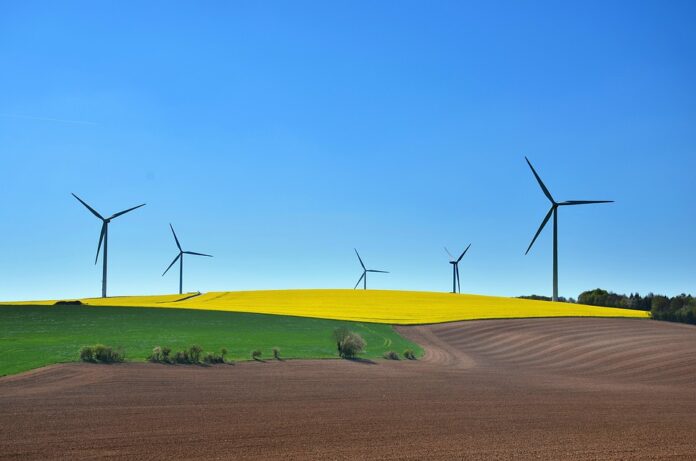Discovering Permaculture’s Full Potential: A Long-Term Approach to a More Sustainable Future
Sustainable and self-sufficient ecosystems are the goal of permaculture, an all-encompassing design methodology that seeks to emulate natural patterns and interactions. The idea behind this theory is to build systems that can regenerate and withstand stress, therefore meeting human requirements while also minimizing negative impacts on the environment.
The Permaculture Manifesto
The design and execution of permaculture are informed by a set of principles. Nature observation and interaction, energy capture and storage, yield, and the use of renewable resources are all part of these concepts. Those who practice permaculture by adhering to these principles may build systems that are good for the earth and its inhabitants in the long run.
The Permaculture Design Process
When designing a permaculture system, it’s important to take climate, soil, water, and biodiversity into account, among other things. Practitioners may design integrated systems that make the most efficient use of resources while reducing waste by thinking about these things. To build a sustainable and fruitful ecosystem, permaculture designers frequently incorporate features like food forests, water catchment systems, and animal integration into their plans.
Why Permaculture Is Beneficial
Many social and environmental advantages may be yours through permaculture. Reduce the effects of climate change, increase biodiversity, and preserve resources with the aid of permaculture by building self-sufficient and sustainable systems. Furthermore, permaculture has the potential to boost community resilience, generate economic possibilities, and increase food security. When taken as a whole, permaculture provides an answer to many of the problems that our world is experiencing right now.
Difficulties and Possibilities
Despite its numerous advantages, permaculture is struggling to gain traction in the mainstream and scale. Because of this lack of familiarity, many individuals may be reluctant to adopt permaculture methods and ideas. Still, more and more people are looking to permaculture as a way to solve sustainability problems. A more sustainable and environmentally friendly future is within our reach if we can teach and equip individuals to practice permaculture.
In summary
To build regenerative systems that are sustainable and good for the earth and its inhabitants, permaculture is an effective technique. Its tenets and methods allow us to create environmentally friendly, resilient, and productive landscapes. In the face of mounting environmental deterioration and climate change, permaculture provides hope for a more sustainable future.
Questions and Answers
Compared to conventional farming, what exactly is permaculture?
Contrasted with conventional farming, which frequently makes use of synthetic fertilizers and pesticides, permaculture is an all-encompassing concept of design that seeks to establish self-sufficient ecosystems. An additional tenet of permaculture is the development of regenerative systems that are mutually beneficial to humans and the natural world.
2. What are the key concepts of permaculture that I may use to my personal garden?
As a first step, take note of your garden’s soil, weather, and biodiversity as you observe and engage with it. Then you may plan your garden in a way that makes the most efficient use of materials, produces the least amount of waste, and encourages longevity. To make a garden that is more conducive to permaculture, you may use elements like composting, water collection systems, and companion planting.
3. Is city living an appropriate setting for permaculture?
Urban areas can also benefit from permaculture practices. Vertical gardening, rooftop gardens, and community gardens are just a few ways that city people may make the most of limited space to grow food and support local communities.

